Standing in the town of Helsingør on the northeastern tip of the Danish island of Zealand, Kronborg castle is a Renaissance fortification that defends the strategic sound of Øresund, a body of water between Denmark and Sweden which is only 2.5 miles wide at its narrowest point.
Kronborg is the setting for William Shakespeare’s play Hamlet, in which it is known as ‘Elsinore’ (an anglicization of the name of the town in which Kronborg stands, Helsingør) and was designated as a UNESCO World Heritage Site in the year 2000.
You might also like: Best Castles near Copenhagen.
A Guide to Kronborg Castle
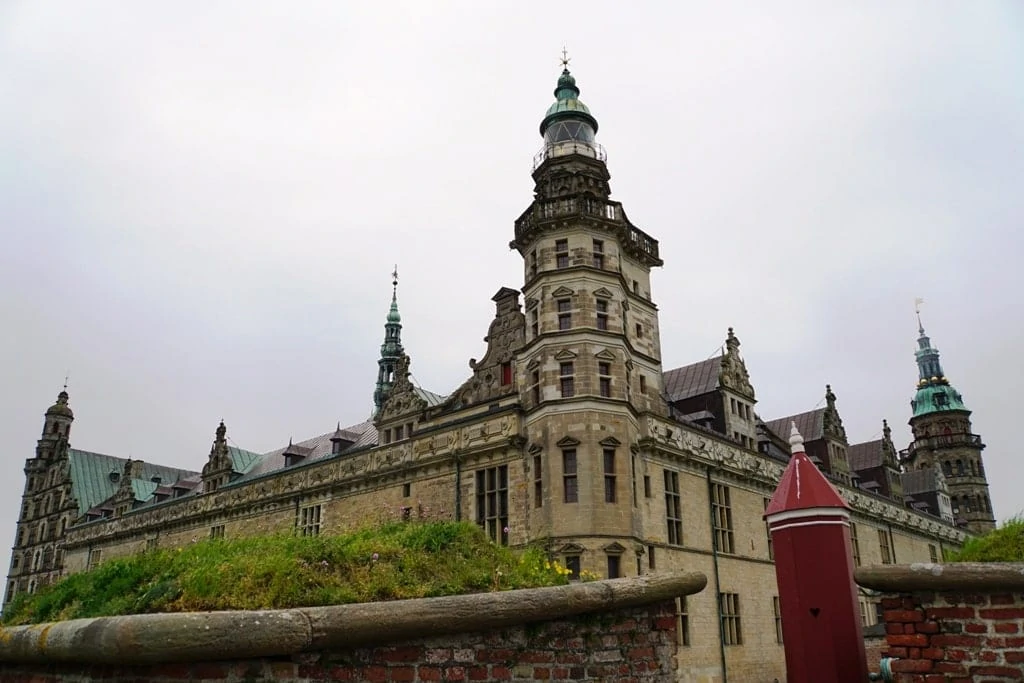
History of Kronborg Castle

The sound known as Øresund was central to the foundation of Kronborg Castle. This body of water was not only of strategic importance, as it was one of the primary access routes into the Baltic Sea, but it was also economically important as well.
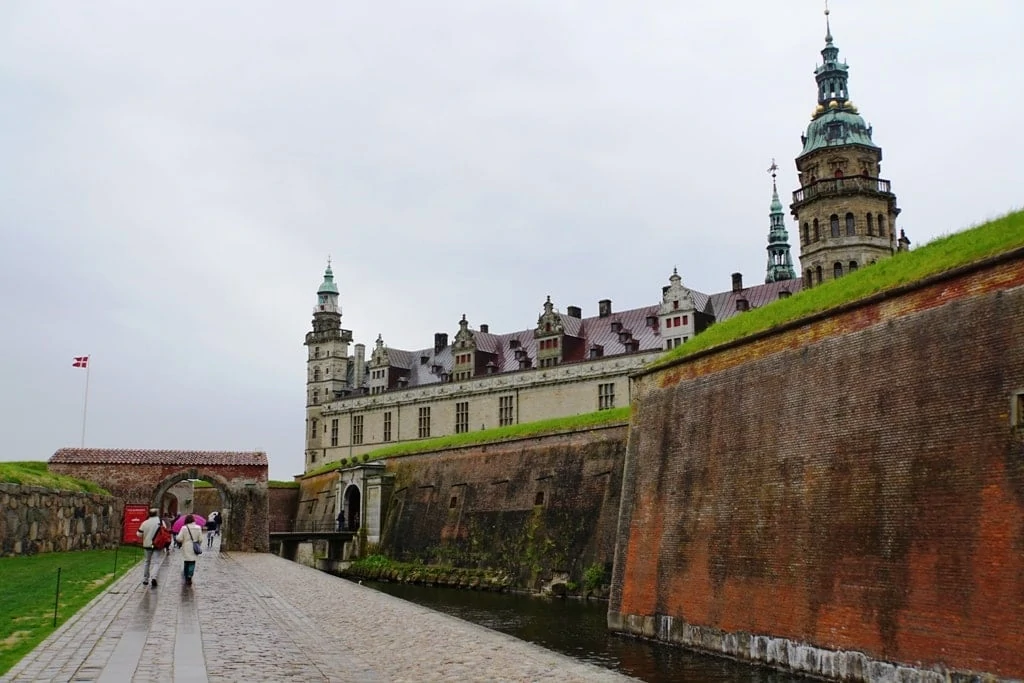
Trade ships passed up and down the sound, and whoever controlled the region could levy dues or taxes upon the traders traveling through. It was for this reason that the Danish King Eric of Pomerania built the first iteration of Kronborg Castle in the early 1400s.
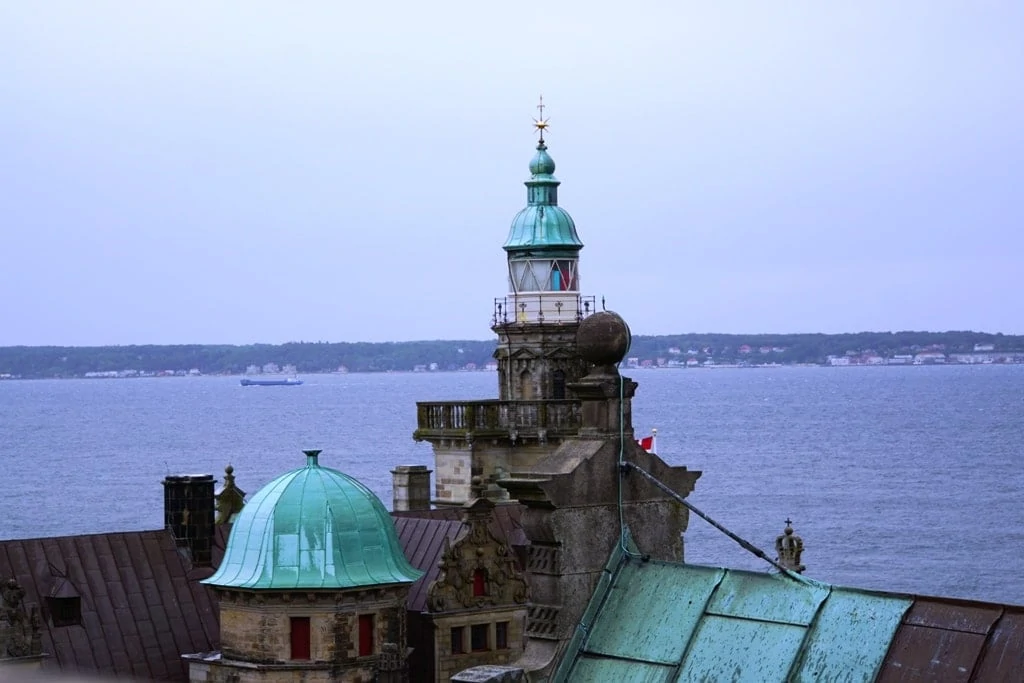
Known as Krogen or ‘The Hook’, the fortress was actually constructed on Ørekrog, a sandy promontory that juts out into the sea from the coast of Zealand.
At the time, the Kingdom of Denmark controlled both sides of Øresund, and on the eastern side there already existed the castle of Helsingborg – the construction of Kronborg at the narrowest point of Øresund fortified both sides of the strait, allowing Eric to exercise his authority over the region with ease.
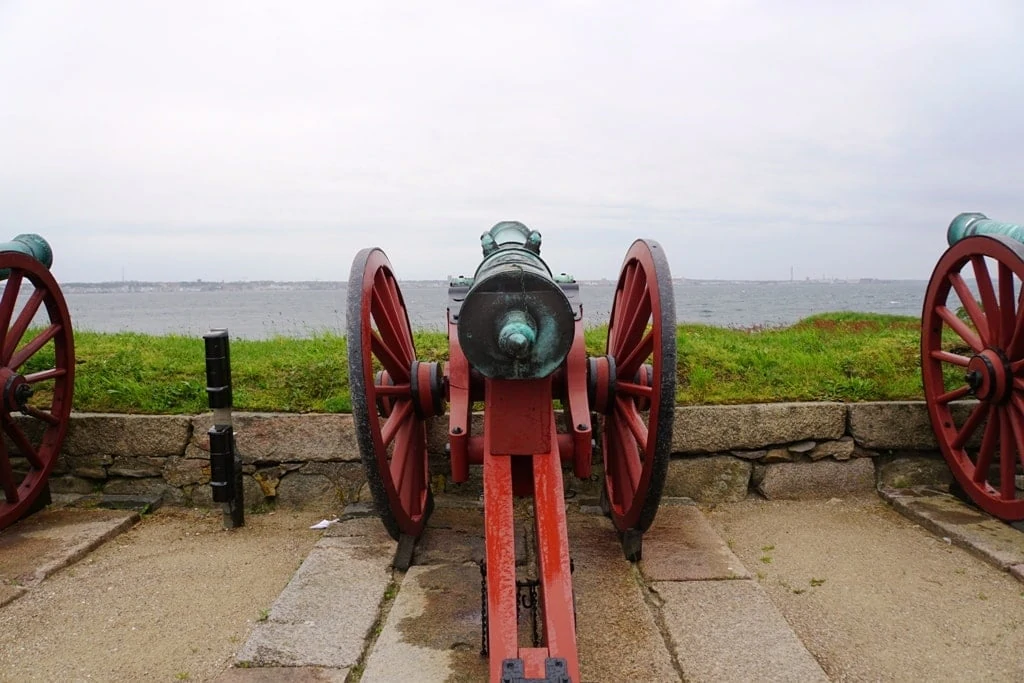
The earliest incarnation of Kronborg Castle, known as Krogen, was smaller than the castle that can stands there today. Taking the form of a square curtain wall filled with stone buildings, Krogen contained a residence for the king in the north-eastern corner, a banquet hall in the south-western corner, and possibly a chapel in the south-eastern corner.
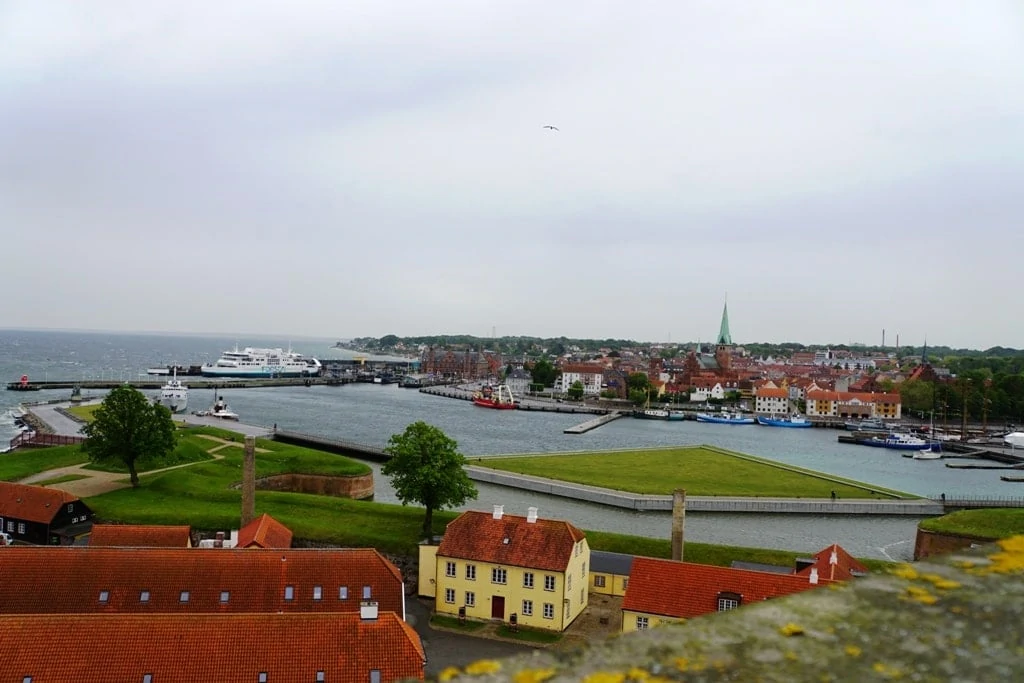
For one-and-a-half centuries, the fortification controlled the Øresund effectively, until in the late 16th century it underwent a large-scale reconstruction.
With advances in siege technology during the 16th century, particularly the increasing effectiveness of gunpowder artillery, the vulnerability of medieval fortifications to these new weapons was becoming ever more apparent.
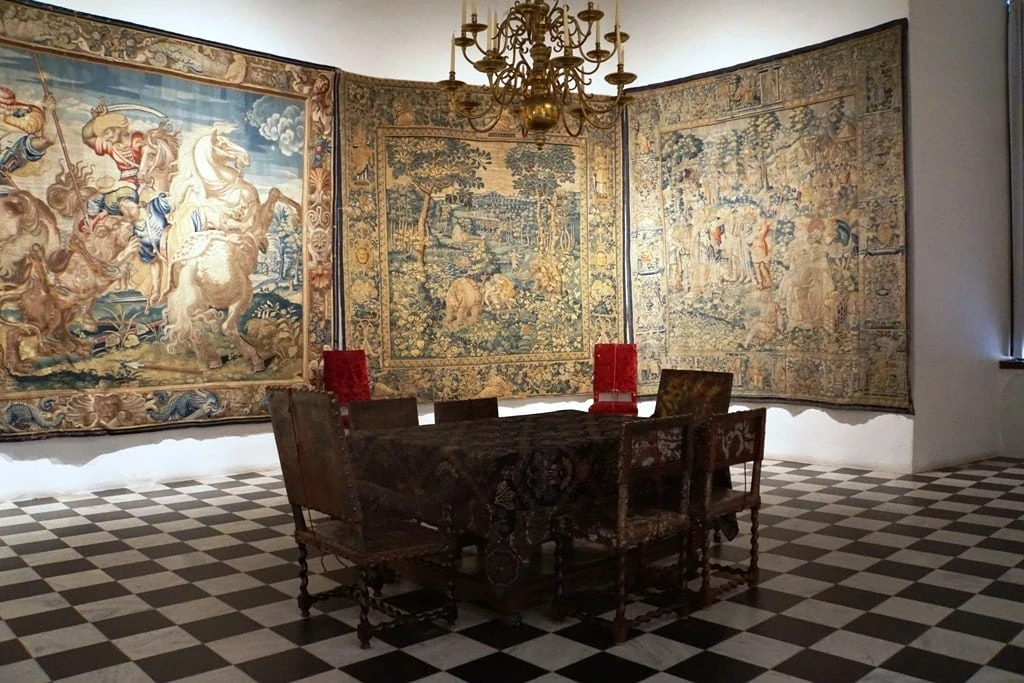
At the end of the Northern Seven Years War in 1570, Danish King Frederick II decided to modernize the fortress of Krogen.
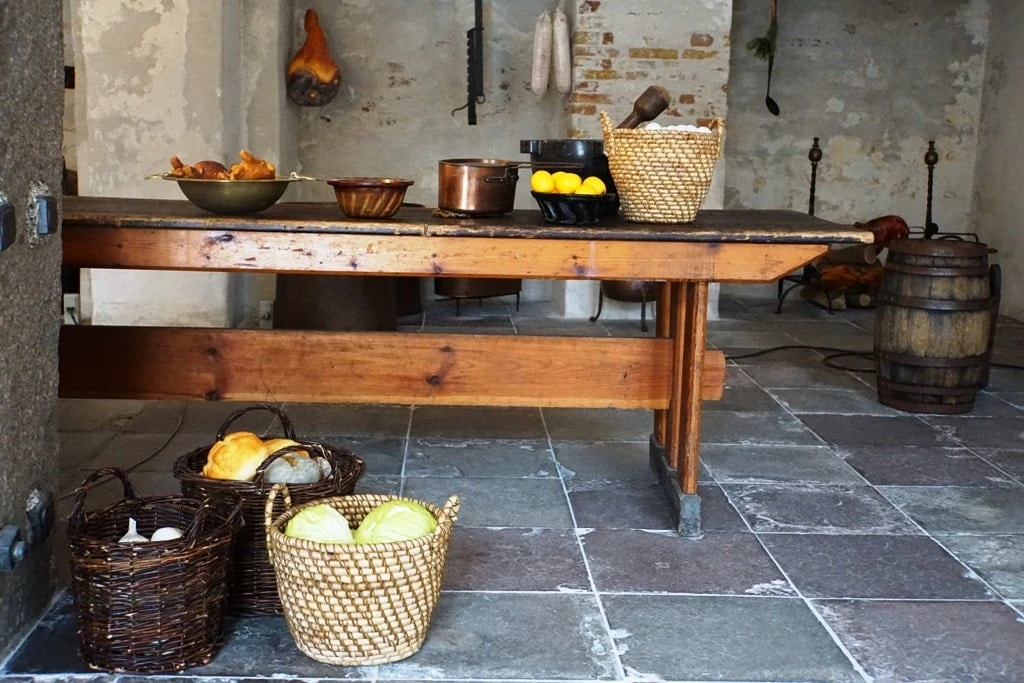
Flemish architect Hans Hendrik van Paesschen was employed to oversee construction efforts, and over the course of seven years, the medieval curtain walls were replaced with a series of modern bastions – high-sided earthworks lined with brick, designed to deflect and absorb blows from siege artillery.
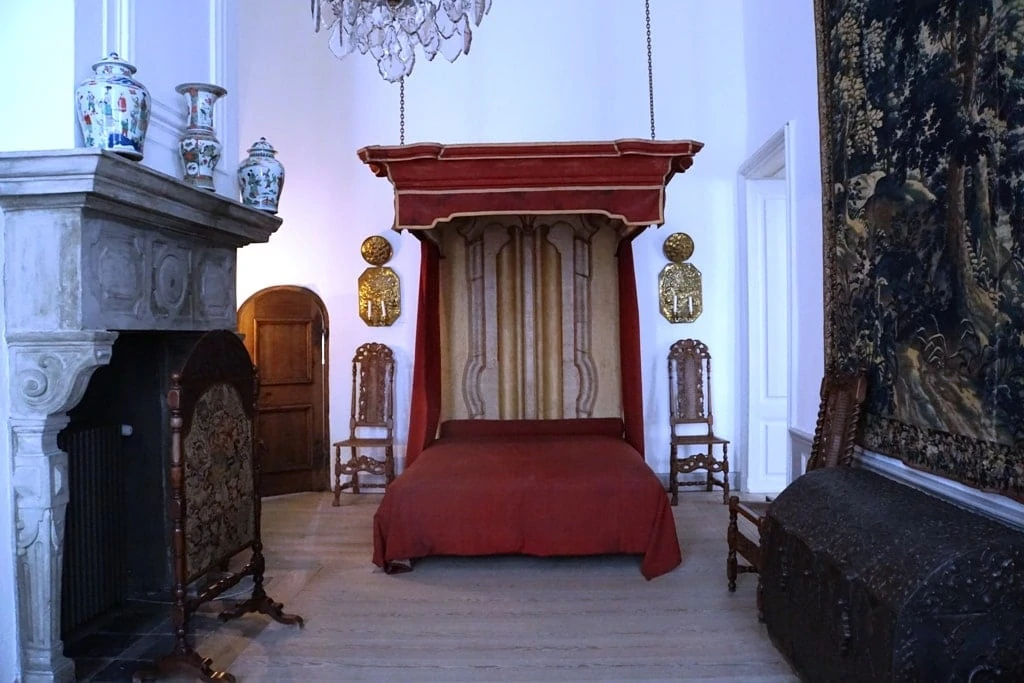
From this point onwards, the castle was known as the Kronborg, ‘Crown Castle’.
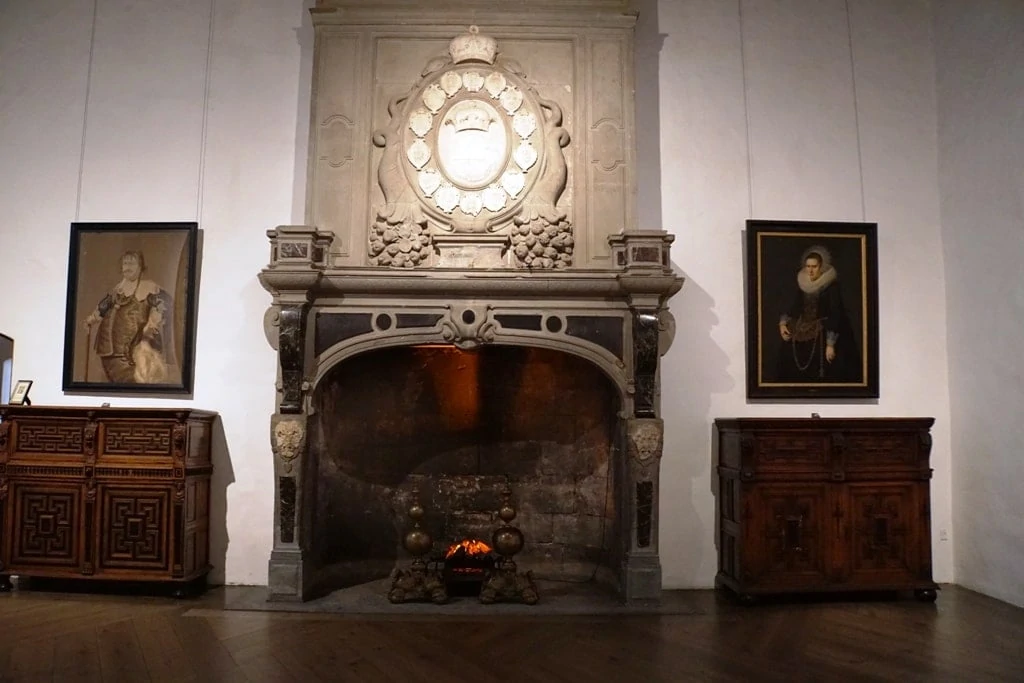
From 1574-1585 the castle buildings were reconstructed, primarily by connecting and expanding the discrete buildings to form three wings – the north wing held the royal quarters, while the south wing contained a chapel and theatre where Frederick II could indulge his keen interest in plays.
The castle was initially only two stories high, but in 1578 work began to add another story to each of the wings, making Kronborg even more spectacular.

An enormous ballroom filled the additional story in the south wing, making the castle into an unmistakably luxurious building fit to house a royal court.
In 1629 disaster struck the castle in the form of a major fire, which gutted much of Kronborg, leaving only the chapel relatively intact. King Christian IV ordered the site to be rebuilt almost immediately, and by 1639 the exterior of Kronborg had been restored.
Aside from a few baroque modifications, the castle was faithfully reconstructed according to its original plan from the 1570s. Despite this, the interiors of Kronborg never fully regained their former magnificence.
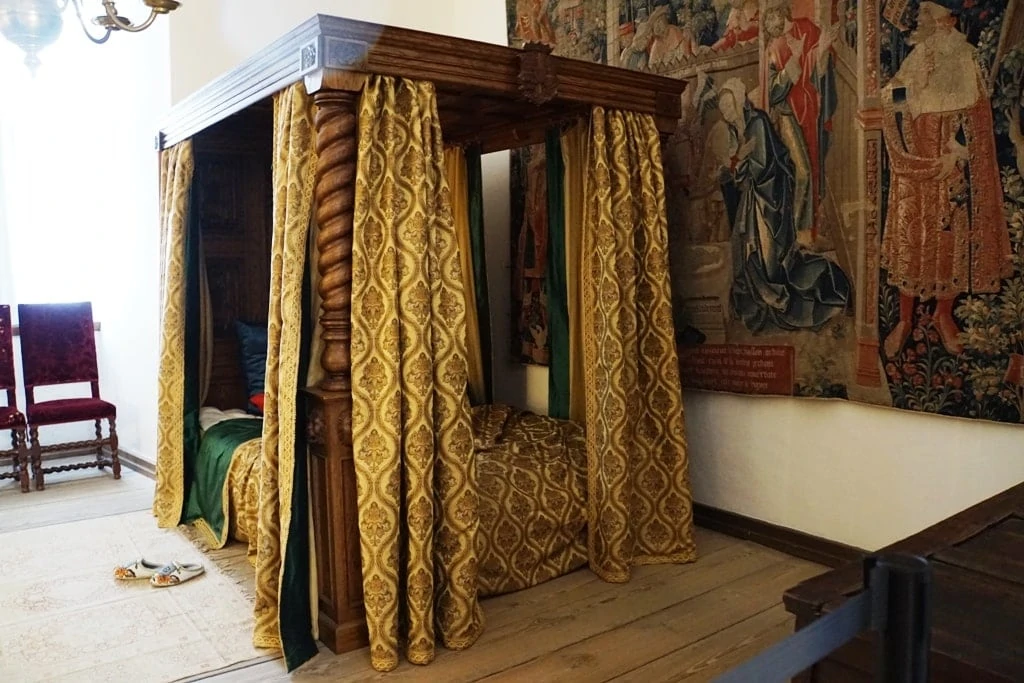
Kronborg saw its fair share of battle too, as it was besieged and captured by Swedish forces during the Dano-Swedish War of 1658-60. The queen of Sweden lived in the castle during the occupation, and following the Swedish withdrawal, Kronborg was looted of many of its fine artworks, including the decorative fountain in the castle courtyard.
As a result of the siege, the castle was strengthened in the 1680s with an outer defensive line known as the Crownwork, as well as a series of outworks and ramparts.

From 1739 until the 20th century, the castle function both as a military garrison and as a prison. Prisoners were guarded by the soldiers and put to work maintaining and constructing the defenses of the Kronborg.
During the 18th century, the castle’s role as a royal center steadily declined, and from 1785 it was solely under the administration of the Danish military.
Check out: The best Danish Castles to visit
Description of Kronborg Castle
The Kronborg itself is a spectacular site, with its layers of outworks, ramparts, and bastions protecting the central buildings. The castle is approached from the town to the east and would-be attackers would have to overcome the series of moats and gates which surround the Kronborg.

The heart of the castle is the richly decorated wings. The north wing contains the royal apartments, which were originally decorated with ceiling paintings before the fire of 1629. The king’s chamber has a bay window above the main entrance to the castle, where the king would be able to observe anyone entering Kronborg Castle.

In the south wing is the ballroom, which was the largest in Europe upon its completion in 1582, measuring 62 by 12 meters. The ballroom was decorated with a series of fine paintings, and the little hall contained forty tapestries depicting 100 danish kings – although only seven of the tapestries remain there today. In 1785, the castle chapel was converted into a gym and fencing hall but was reconverted into a chapel in 1838.
Visitor’s Guide to Kronborg Castle
Kronborg makes for an excellent day trip from Copenhagen, and it very easy to reach by car or by public transport. From the center of Copenhagen, the castle is a 45-minute drive. The DBS train from Copenhagen Central Station also takes around 45 minutes – visitors should catch the train to Helsingør station.
From here, the castle is only a 20-minute walk away. You can also reach the castle from Sweden by catching the ferry that sails between Helsingborg and Helsingør. Tickets cost 95 Danish Kroner and include access to the guided tour of the day on a first-come, first-served basis.
Visitors under the age of 18 get free access.
